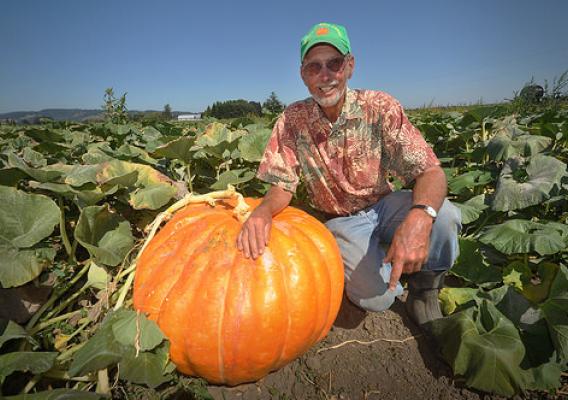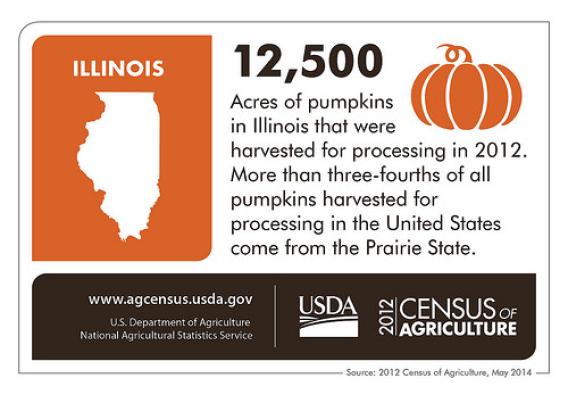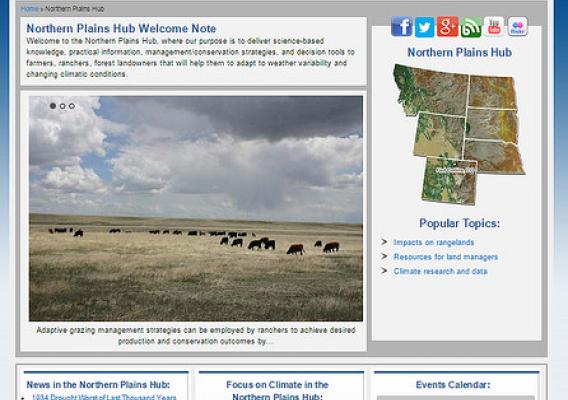Agricultural data are valuable for analysis, and thanks to the Census of Agriculture and other surveys, NASS has plenty of data available. As a cartographer, however, I obviously prefer to present the data in map form. A map gives anyone a chance to visualize data for multiple geographic areas as a cohesive image, providing a graphic overview of the agricultural phenomena. It also allows map readers to visually compare regions, and discern patterns and relationships in the data across regions, topics, and time.
When it came to the ag census, for each of the past eight editions, NASS produced an atlas of thematic (statistical) maps illustrating various aspects of U.S. agriculture. While great for their time, with the evolution of digital technology, these paper maps are no longer sufficient on their own. The component missing from them is the data behind the maps, so what better way to depict and also convey a myriad of county-level statistics than through a web map application?










